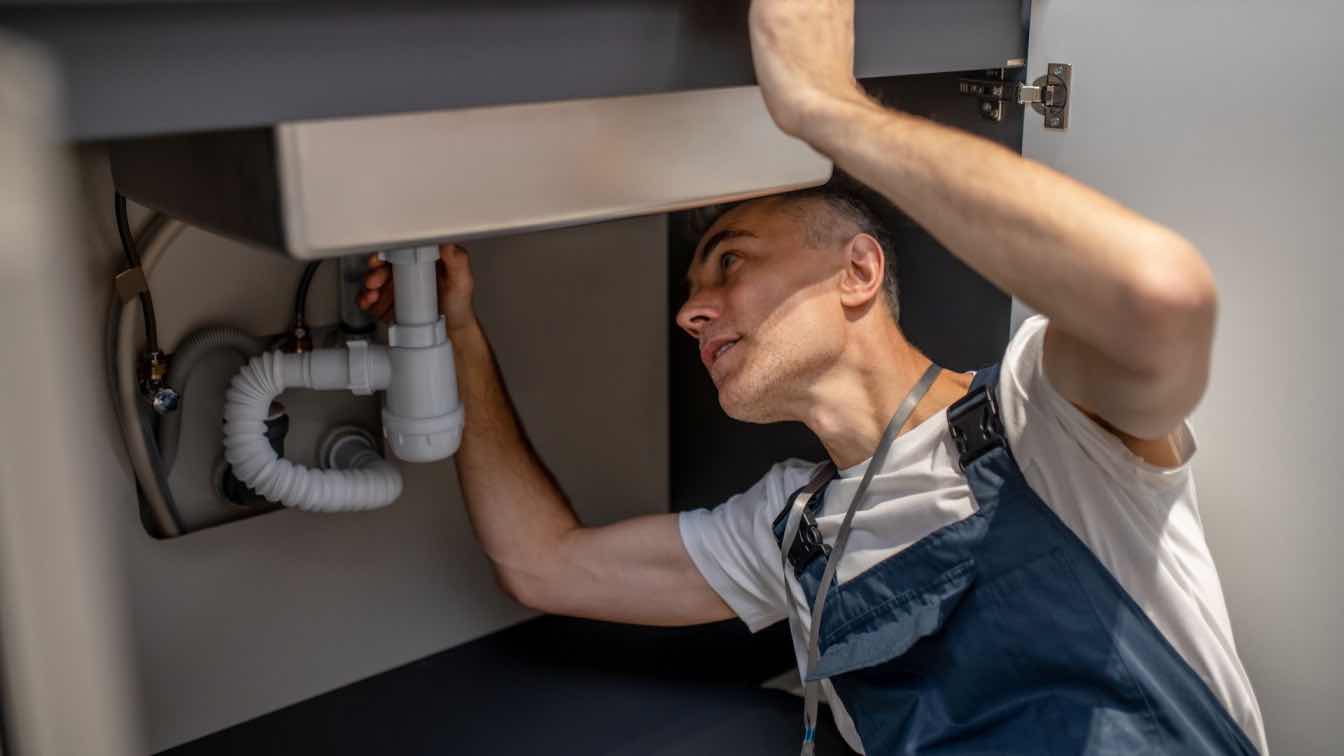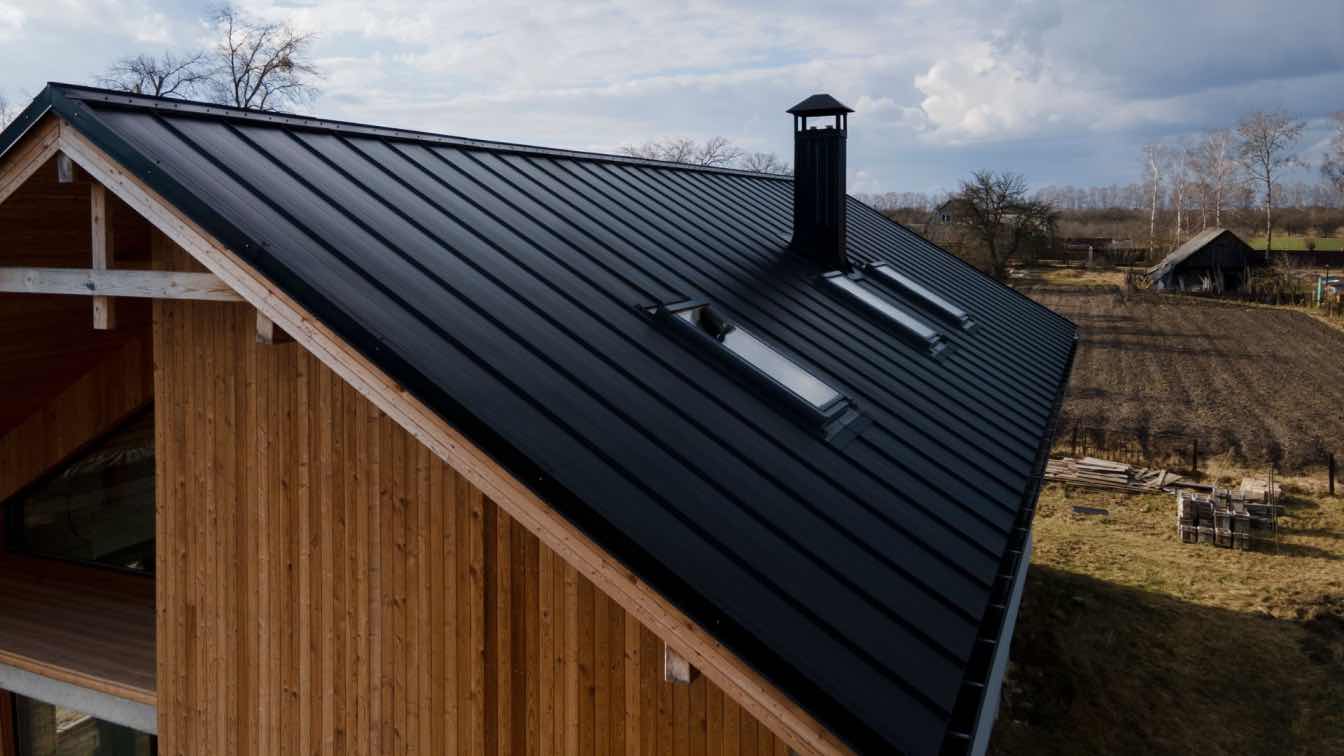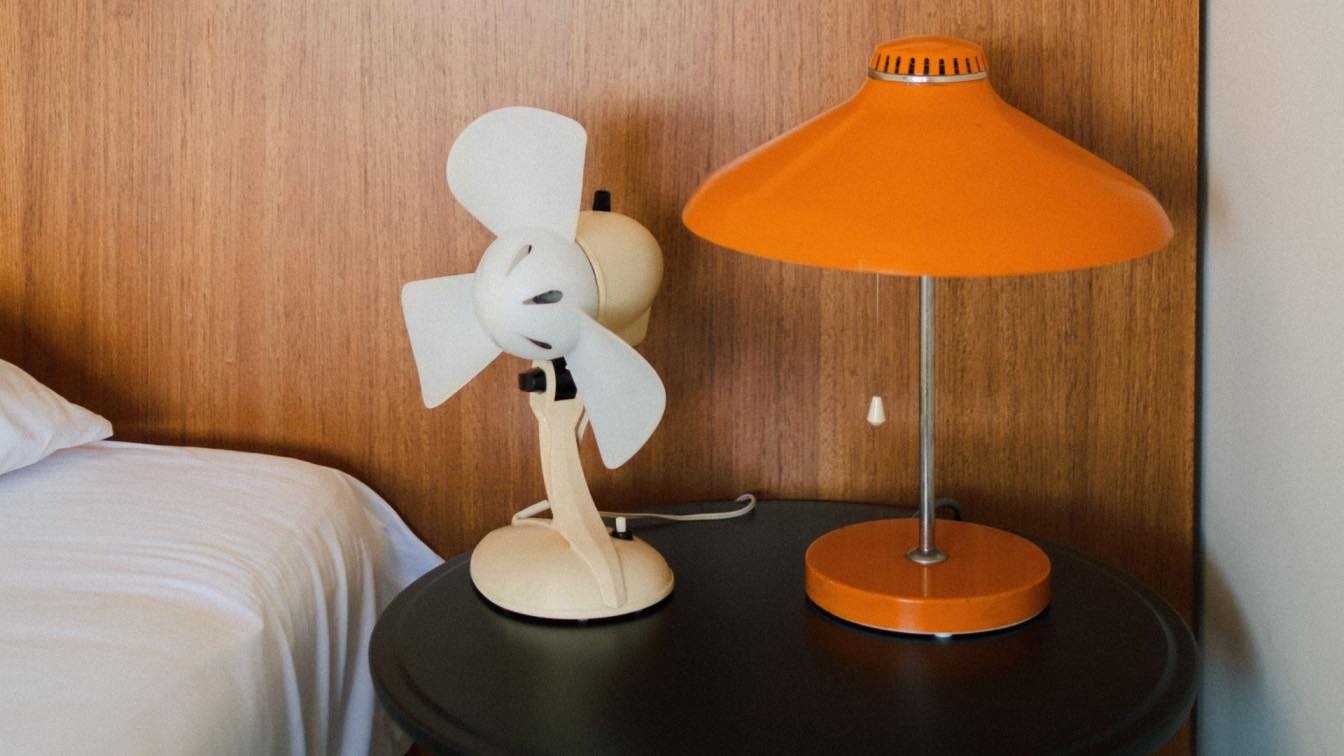Notice water pooling under the sink or a shower that barely flows? Bathroom plumbing often starts acting up in small ways—drips, slow drains—before turning into a big hassle.
Keep an eye out for these five warning signs, try a few easy checks, and know when it’s time to call someone with the right tools.
Drips, Running Toilets, or a Leaking Shower Head
A constant drip might seem harmless, but over time it adds up. You may only realize when your bill climbs or you spot mineral rings around fixtures. For toilets, put a drop of food coloring in the tank; if it seeps into the bowl without flushing, you’ve got a leak.
Shut off the supply, swap worn washers or the flapper, then turn water back on to see if it stops.
If it doesn’t, or if you see stains on walls or floors, something may hide behind the scenes. Leaks left alone invite mold or rot. Studies show household leaks can waste over 10,000 gallons a year; a faucet dripping once a second can lose more than 3,000 gallons annually. When leaks persist, call a plumber to find the hidden source before damage spreads.
Slow Drains That Stick Around
When water lingers in the sink or pools in the shower, it usually means buildup—hair, soap scum, bits of debris. Ignore it and that clog grows until water backs up or spills over.
Remove any visible gunk from strainers or stoppers. A plunger might clear it. If not, a drain snake or pouring baking soda, then vinegar, then hot water often does the trick.
But if plunging only shifts water around, or if two fixtures slow at once (say, sink and tub), the issue could lie deeper. Foul smells from drains hint at trapped waste or sewer gas. If simple fixes fail or odors appear, bring in a professional. Fixing deeper blockages early avoids messy backups or major pipe work.
Sudden or Stubborn Low Water Pressure
One day the shower feels fine; the next, you’re getting a trickle. A leaking shower head or clogged aerator might be to blame—unscrew it and soak in vinegar to clear the scale. Make sure shut-off valves under sinks or behind fixtures are fully open.
If flow still weakens when another faucet runs, the pipe might be partly clogged or too narrow. A loud thunk when you turn off a tap often means air pockets or loose fittings. Fluctuating flow—strong then weak—can hint at hidden leaks.
If vinegar soaks and valve checks don’t bring back normal pressure, it’s time to call a plumber. They’ll test pressure, inspect inside pipes (often with a camera), and pinpoint the cause before it leads to bigger trouble.
Strange Noises: Gurgling, Banging, or Sputtering
Weird sounds deserve a look. Gurgling in the sink right after you flush suggests a shared drain or vent issue. Loud bangs (water hammer) when a valve shuts off signal sudden pressure changes stressing fittings. Run water in different fixtures—does the noise follow?
That helps narrow down where to check. You can secure loose pipes you reach or try a safe vent flush (pour water down the roof vent if you’re comfortable up there).
But persistent gurgles or banging often need a pro: clearing a blocked vent, installing water hammer arrestors, or tightening hidden fittings prevents leaks or bursts down the road.
Unexpected Spikes in Your Water Bill or Hidden Damage
Sometimes plumbing trouble hides until the bill jumps. If your usage stays the same but costs climb, water’s escaping somewhere unseen. Look for water stains on ceilings under bathrooms, warped floorboards, or musty smells.
Test the meter: shut off all water, note the reading, wait a few hours—if it moves, there’s a leak. Peek under sinks and in cabinets for damp spots or mildew. Even a tiny drip behind drywall can lead to expensive repairs later.
If you suspect a hidden leak, shut off water to limit damage and call a plumber to find and fix it—whether behind walls, under floors, or in supply lines.
While at it, consider swapping to water-saving fixtures (look for WaterSense labels) to cut waste and lower risk of future leaks.
Even if nothing seems wrong, occasional inspections can catch wear before it hits your wallet hard.
A Few Habits to Stay Ahead
Every few months, glance under the vanity, around the toilet base, and inside cabinets for damp spots or odd smells. Clean aerators and shower heads now and then to stop scale buildup. Use hair catchers in sinks and showers and empty them often.
Pay attention to odd sounds—your plumbing’s way of waving a flag. Know when to stop: swapping a washer or plunging a drain is fine DIY, but hidden leaks, vent issues, or major pipe work call for a licensed plumber.
Spotting these signs early saves water, stress, and repair costs. When you notice drips, slow drains, low pressure, strange noises, or bill spikes, take a moment to investigate with simple checks.
If problems persist, don’t wait—calling a professional sooner rather than later keeps your bathroom running smoothly and avoids a nasty surprise down the line.





